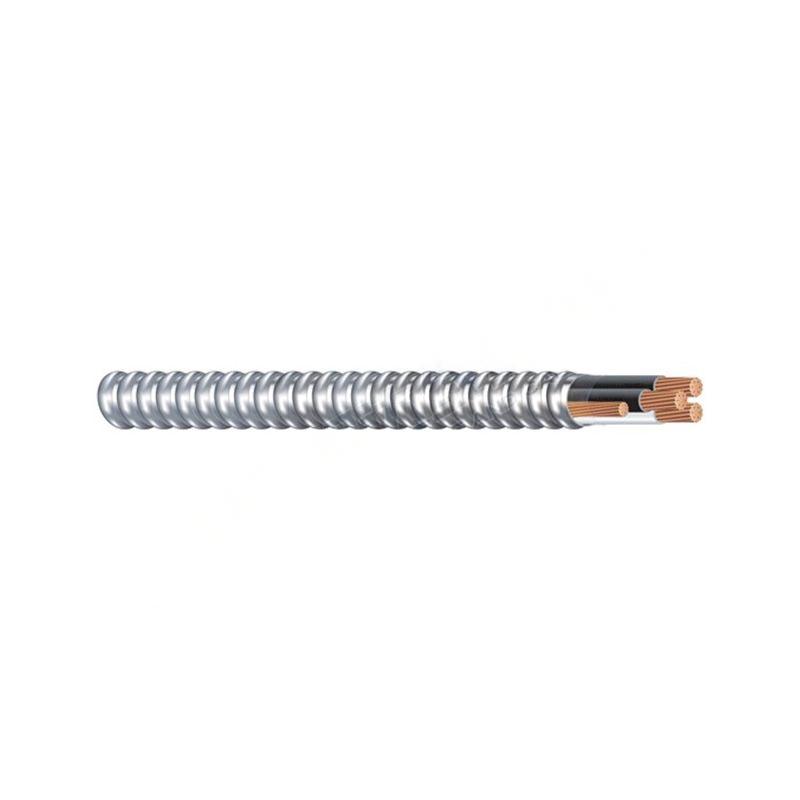Oct . 04, 2024 23:57 Back to list
double flanged gate valve
Understanding Double Flanged Gate Valves
In the realm of industrial applications, valves play a pivotal role in controlling the flow of liquids and gases within pipelines. Among the various types of valves, the double flanged gate valve stands out for its robust design and reliable performance. This article delves into the features, advantages, applications, and maintenance of double flanged gate valves, providing insights into why they are preferred in many industrial settings.
What is a Double Flanged Gate Valve?
A double flanged gate valve is a type of valve that utilizes a gate to control fluid flow. The double flanged designation refers to the two flanged ends of the valve body, which are bolted to the pipework, thereby providing a secure and leak-proof connection. The main components of a double flanged gate valve include the valve body, gate, seat, bonnet, and actuator. The gate can be raised and lowered to either open or close the valve, allowing for full flow when opened and complete blockage when closed.
Features of Double Flanged Gate Valves
1. Flanged Connections The two flanged ends allow for secure installation, making it easier to connect to existing pipelines without the need for additional fittings. 2. Full Bore Design Double flanged gate valves typically have a full bore design, which means that the internal diameter of the valve matches the diameter of the pipe. This ensures minimal flow resistance and pressure drop.
3. Durability These valves are constructed from robust materials like cast iron, stainless steel, or carbon steel, making them suitable for various harsh environments.
4. Versatility in Operation The gate in a double flanged gate valve can be operated manually via a handwheel or automatically through an actuator, providing flexibility in operation.
5. Sealing Mechanism Double flanged gate valves often feature resilient seat materials that ensure a tight seal when the valve is closed, which helps prevent leakage.
Advantages of Double Flanged Gate Valves
Double flanged gate valves are preferred in many industries for several reasons
1. High Flow Capacity The design allows for unrestricted full flow, making these valves ideal for applications that require high fluid throughput.
double flanged gate valve

2. Minimal Pressure Drop The full bore nature of the valve means that there is little resistance to flow, resulting in minimal pressure loss across the valve.
3. Long Service Life With proper maintenance, these valves can last for an extended period, resulting in lower operating costs over time.
4. Robustness The rugged design makes them suitable for demanding applications, including water, sewage, chemical processing, and oil and gas industries.
5. Ease of Maintenance Due to their straightforward construction, maintenance and repairs can often be performed with relative ease, reducing downtime.
Applications
Double flanged gate valves are utilized across various sectors, including
- Water Supply Used in municipal water systems for controlling the flow of drinking water. - Wastewater Management Commonly found in sewage systems to manage the flow of wastewater. - Oil and Gas Employed in pipelines for transporting crude oil and natural gas. - Chemical Processing Used for controlling flow in various chemical production processes. - Power Generation Found in cooling water systems and other applications within power plants.
Maintenance Tips
To ensure optimal performance and longevity of double flanged gate valves, consider the following maintenance practices
1. Regular Inspections Periodically check for any signs of corrosion, leaks, or mechanical wear. 2. Lubrication Keep the valve actuator and moving parts well-lubricated to prevent seizing. 3. Sealing Surface Checks Inspect the sealing surfaces for wear or damage and replace them as necessary.
4. Actuator Testing Regularly test the actuator's operation to ensure reliable performance when needed.
In conclusion, double flanged gate valves are essential components in various industries, known for their reliability, durability, and efficiency in fluid control. Their design features and operational benefits make them a preferred choice for engineers and operators alike, ensuring optimal performance in diverse applications. Understanding the intricacies of these valves can aid in better decision-making for system design and maintenance strategies, ultimately contributing to improved operational efficiency and safety.
Share
-
Reliable Wafer Type Butterfly Valves for Every IndustryNewsJul.25,2025
-
Reliable Flow Control Begins with the Right Ball Check ValveNewsJul.25,2025
-
Precision Flow Control Starts with Quality ValvesNewsJul.25,2025
-
Industrial Flow Control ReliabilityNewsJul.25,2025
-
Engineered for Efficiency Gate Valves That Power Industrial PerformanceNewsJul.25,2025
-
Empowering Infrastructure Through Quality ManufacturingNewsJul.25,2025